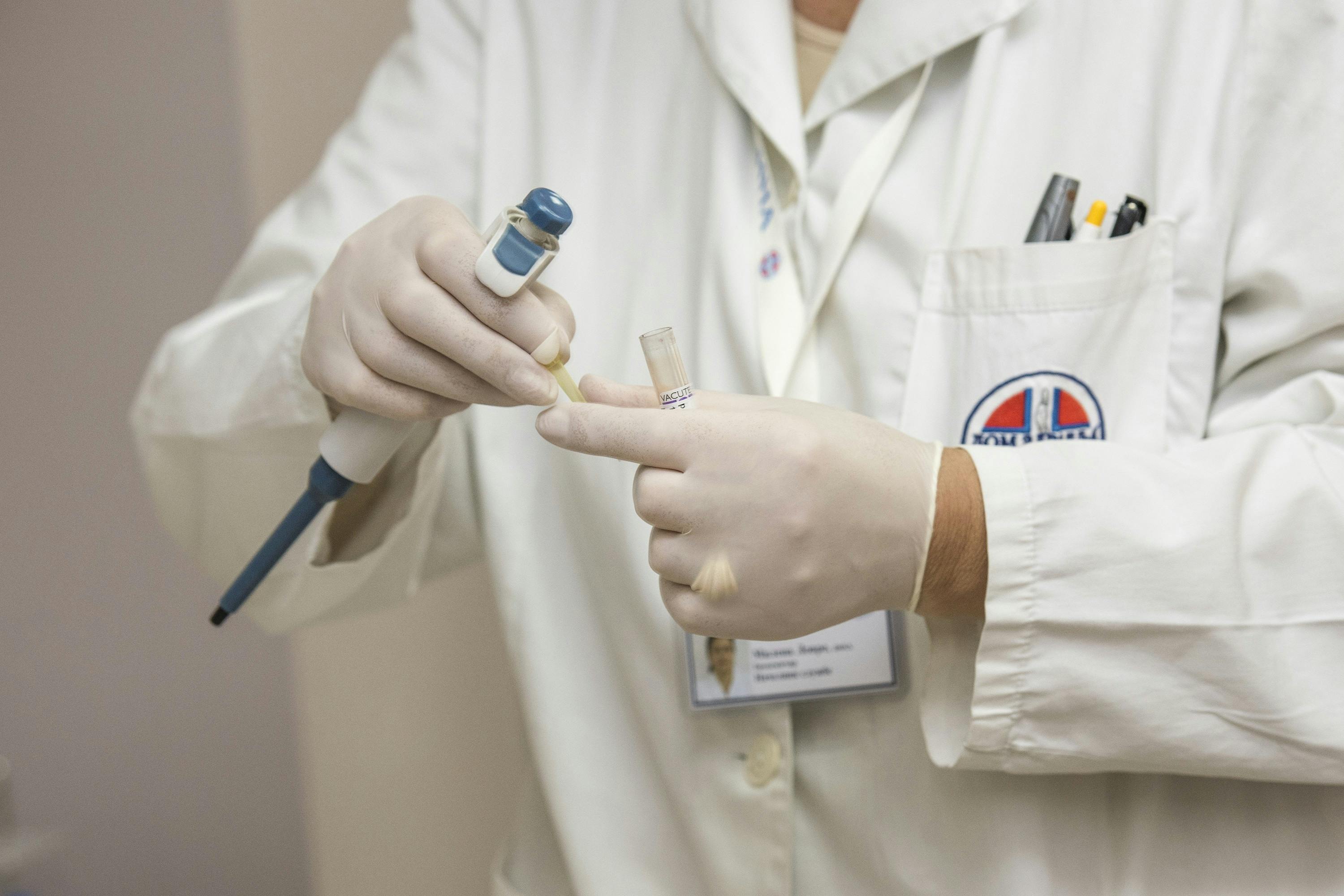A New Therapeutic Hope For Crippling Bone Cancer
The Garvan
Institute of Medical Research has presented a novel therapeutic approach,
which could profoundly decrease bone disease in those patients suffering from
multiple myeloma, a type of bone cancer. Multiple myeloma develops in the bone
and is the neoplastic proliferation of plasma cells (fully differentiated B
lymphocytes capable of producing antibodies). It is the most common type of primary
malignancy of the bone and can cause progressive destruction of bones resulting
in increased risk for fractures and excruciating pain, frequently seen in ribs,
spine and proximal long bones.
Unlike the current therapeutic approaches, this new treatment will rebuild lost bone tissue, increasing its resistance towards fractures. This could significantly reduce the crippling pain of bone cancer.
Current Treatment For Multiple Myeloma?
Currently
the medical treatment for multiple myeloma is upon diagnosis. Patients are
treated with lenalidomide/ thalidomide (immunomodulatory agents; side effects:
neutropenia, thrombocytopenia, venous thromboembolism and peripheral neuropathy) along with dexamethasone (corticosteroid). For poor prognosis multiple myeloma, bortezomib
(proteasome inhibitor; side effects: peripheral and autonomic neuropathy) is
highly effective and produces rapid responses.
After
this initial therapy many patients under 80 years of age undergo autologous
hematopoietic stem cell transplantation (patient’s own stem cells are used),
which can prolong the duration of remission as well as over all survival.
Allogeneic stem cell transplant (stem cells taken from donor) is potentially curative
for multiple myeloma patients however its role in treatment is limited due to
the unusually high (40-50%) treatment associated death rate in patients.
The New Experimental Approach
The study published in the medical journal Blood, was presented in Brisbane this
month, at an international meeting for experts of bone biology. The Australian
research team specifically targeted a protein by the name of sclerostin. In healthy bones it regulates
bone formation by arresting it. The researchers hypothesized that by inhibiting
sclerostin’s activity they could potentially reverse the debilitating bone
damage produced in multiple myeloma.
Though the current treatment regime can
prevent further loss of bone, it by no means repairs the already damaged bones
hence patients inevitably fracture. The new approach utilizes an antibody which
neutralizes the protein sclerostin, thereby increasing bone mass and decreasing
fracture incidence. In many of the tests a remarkable double the resistance to
bone fractures was observed.
The treatment then proceeded to combine the
antibody with a bisphosphonate drug (current standard treatment for myeloma). This
combination of the anti-sclerostin antibody and zoledonic acid had a greater impact
on increasing bone mass, strength and fracture resistance than the antibody
treatment alone.
What Does This Mean?
Multiple myeloma while rare, has an
extremely poor prognosis- less than 50% of those diagnosed survive for more
than 5 years. Like other cancers, myelomas too vary with each individual.
However targeting sclerostin, a protein actively functioning in everybody’s
bones is not a target unique to an individual’s cancer. Hence there is great
hope that in the future this treatment could be effective in at least most, if
not all, multiple myeloma patients.
Citations
- Michelle M. McDonald, Michaela R. Reagan, Scott E. Youlten, Sindhu T. Mohanty, Anja Seckinger, Rachael L. Terry, Jessica A. Pettitt, Marija K. Simic, Tegan L. Cheng, Alyson Morse, Lawrence M. T. Le, David Abi-Hanna, Ina Kramer, Carolyne Falank, Heather Fairfield, Irene M. Ghobrial, Paul A. Baldock, David G. Little, Michaela Kneissel, Karin Vanderkerken, J. H. Duncan Bassett, Graham R. Williams, Babatunde O. Oyajobi, Dirk Hose, Tri G. Phan, Peter I. Croucher. Inhibiting the osteocyte-specific protein sclerostin increases bone mass and fracture resistance in multiple myeloma. Blood, 2017; 129 (26): 3452 DOI: 10.1182/blood-2017-03-773341

Comments
Post a Comment